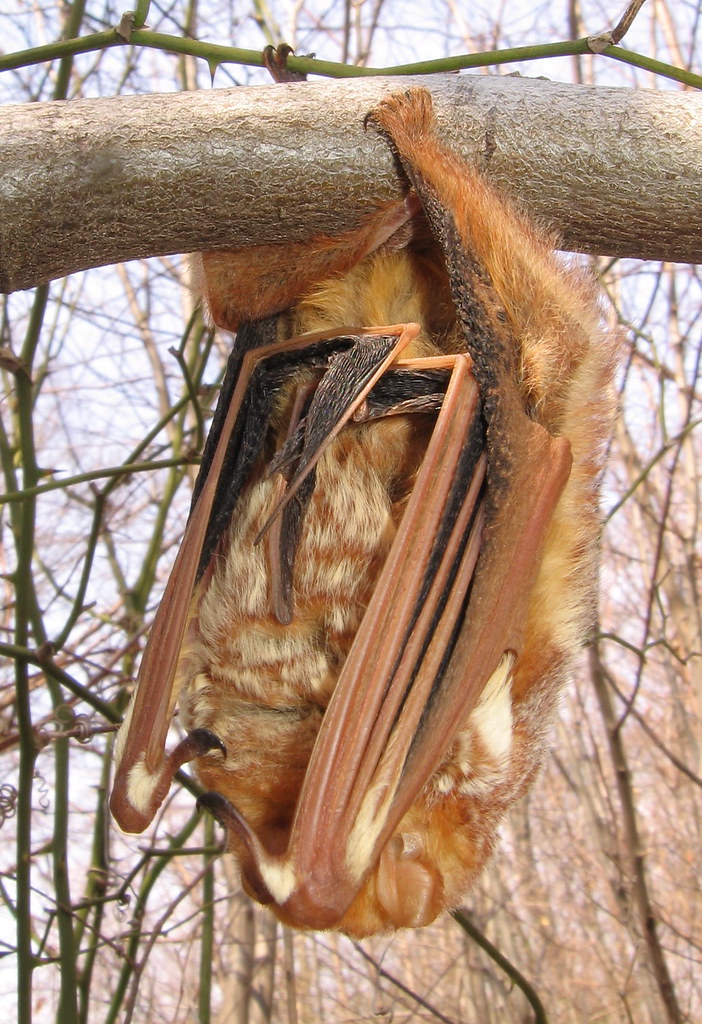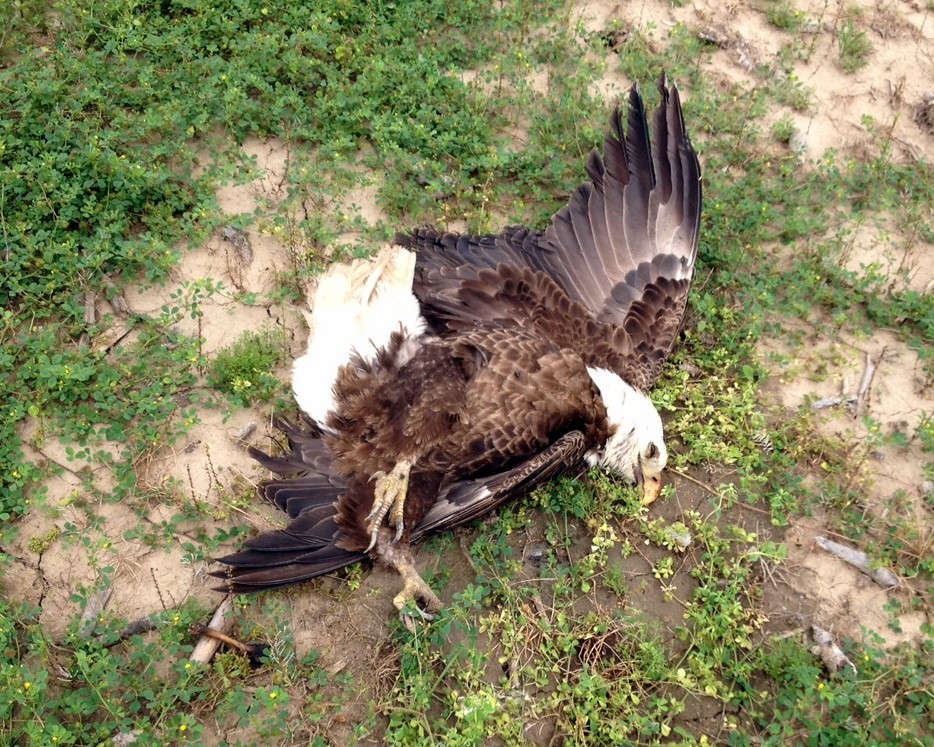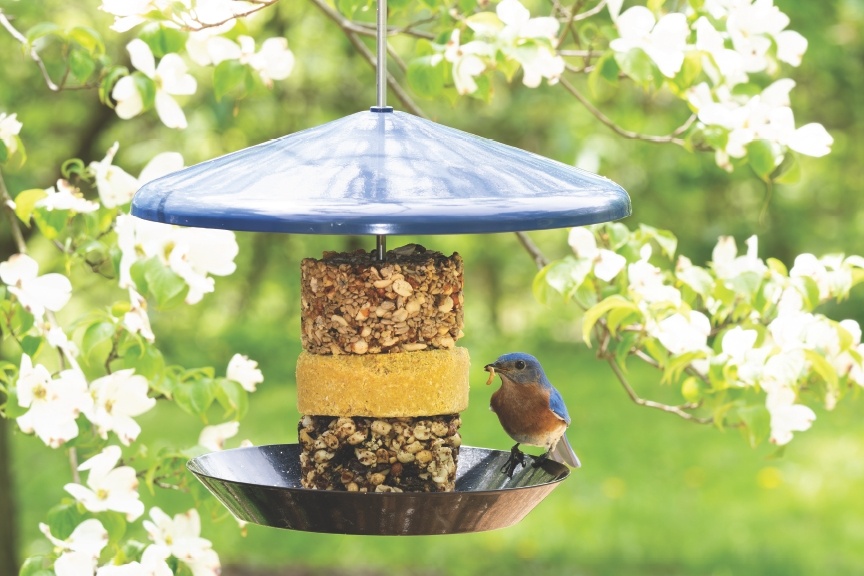We have much more to do and your continued support is needed now more than ever.
Winter Weather’s Fine for Nesting Great Horned Owls
Here in North America, where much of the continent is battling ice, snow and bone-chilling cold, this may seem like a very bad time of year for a bird to nest. But to the great horned owl, February is the ideal month to breed, nest, incubate eggs and rear young.
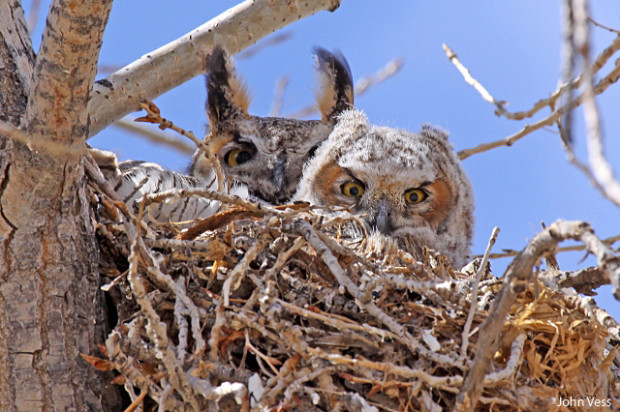
Diverse Diet
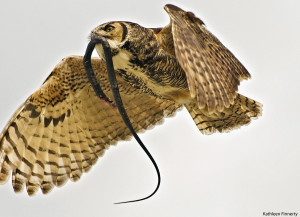
Nocturnal predators, great horned owls feed on practically any living thing—from fish, frogs and scorpions to squirrels, skunks and ducks to bats, house cats and small dogs. They will even take down large raptors including hawks, ospreys and other owls. According to Cornell, the birds “have the most diverse diet of all North American raptors.” Major predators of American crows, great horned owls may be mobbed for hours by large flocks of the agitated corvids.
Great horned owls are also one of the continent’s earliest birds to nest, breeding and nesting in January or February. Like other owls, they do not build their own nests and prefer to take over the abandoned homes of other species, including squirrels, ravens, herons and, especially, red-tailed hawks.
Owls and Hawks
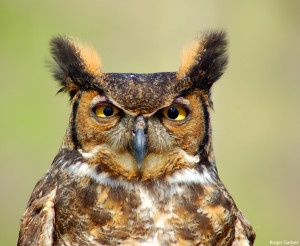
Silent, stealthy predators active primarily after dark, great horned owls can be difficult to spot. But listen for their distinctive loud hooting, particularly this time of year when the birds are nesting.
You can help great horned owls that live near people in farmlands, suburbs and cities by cultivating a diversity of the native plants that nurture the raptors’ prey.
Gardening for Wildlife is a great way to provide food, water, shelter and places to raise young not only for owls and other birds but for all types of native animals.
To watch a great horned owl tending its chicks in a Florida nest last winter, check out this video shot by National Wildlife Photo Contest winner Derek Drudge.














